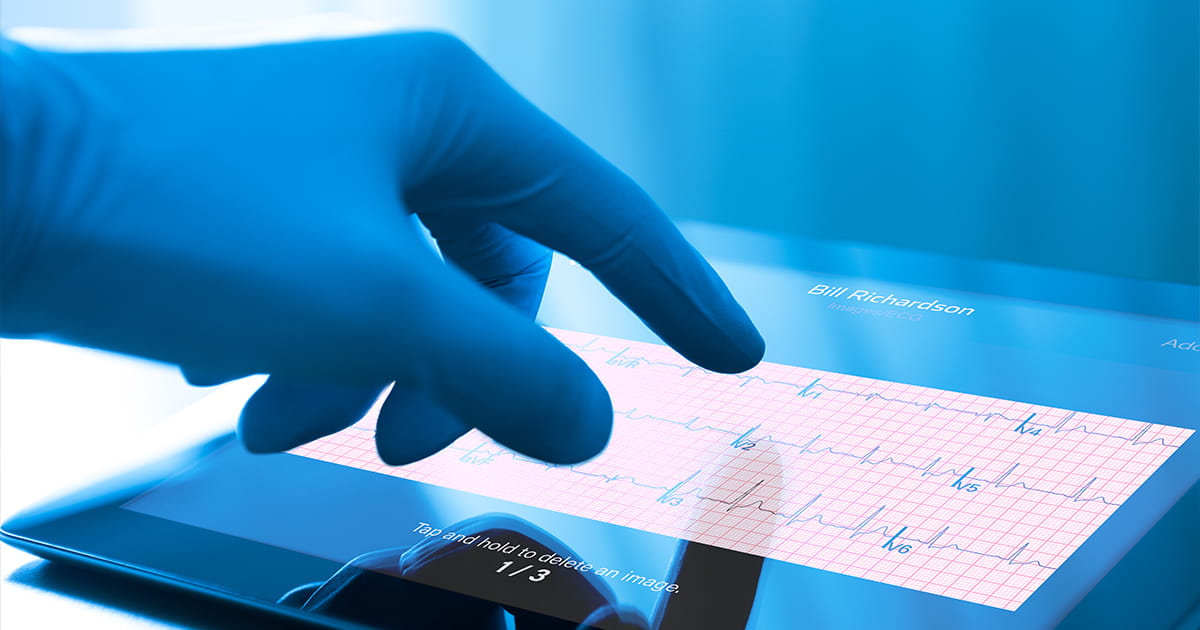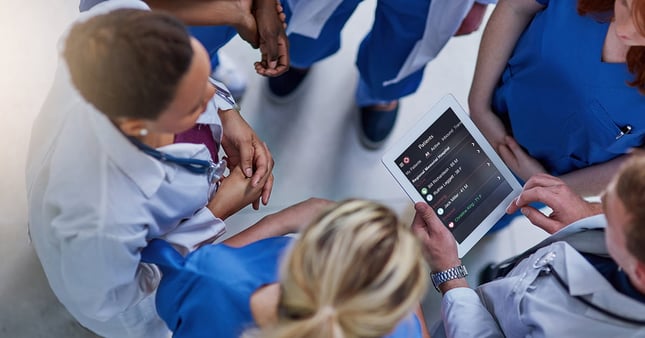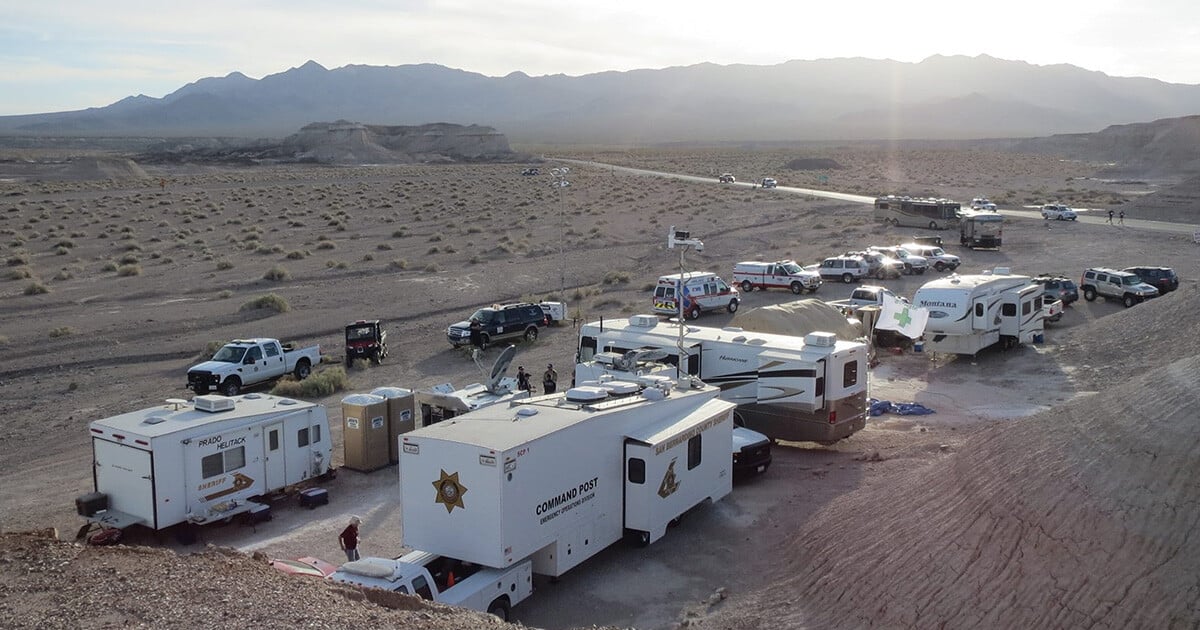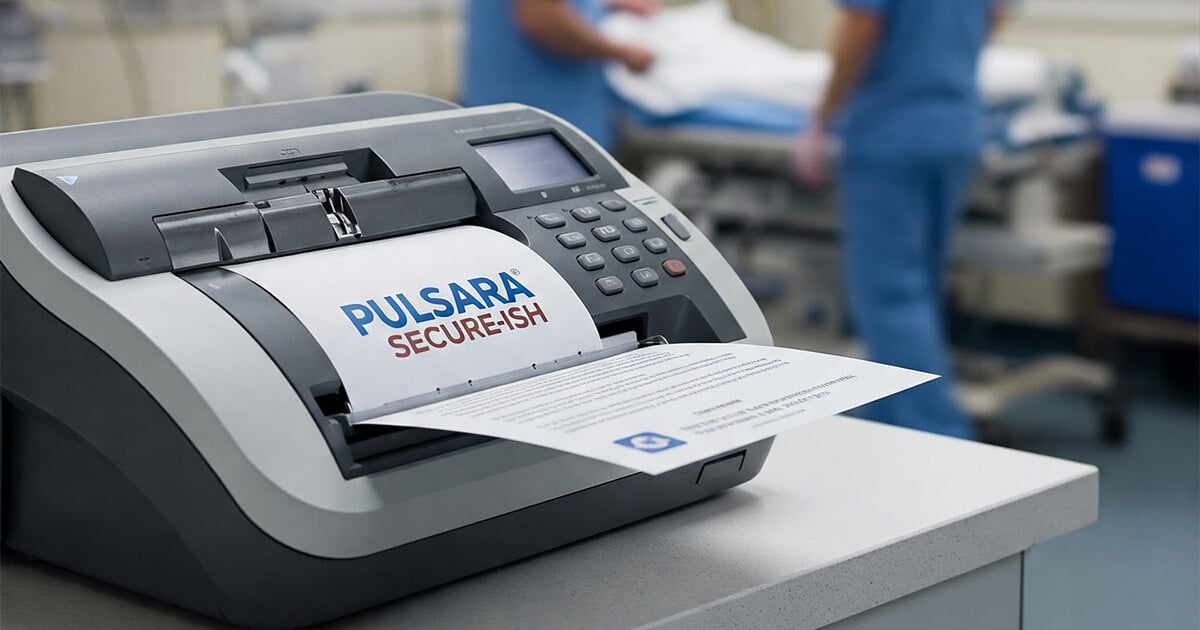Baker to Vegas: Leveraging Pulsara to Manage a Planned Event
Although they have the advantage of prior awareness and preparation, large-scale planned events pose unique challenges for emergency management...

When our customers experience the benefits of Pulsara—from faster door-to-needle times and minimized errors to improved team communication and reduced costs—it goes without saying that we love to share and celebrate their successes. LewisGale Regional Health System in southwest Virginia is just such a case, recently releasing both a press release and video testimonial about how Pulsara is helping them better support their patients and care teams.
“EMS plays a vital role in improving care for these patients, and we’ve known for some time that patients with life-threatening conditions receive faster treatment when EMS activate the appropriate hospital team from the field,” said Steven Pasternak, MD, emergency department medical director at LewisGale Medical Center. “This new, cloud-based, mobile technology further decreases the amount of time it takes to communicate vital data and activate hospital teams compared to traditional methods of communication between ERs and EMS. For example, if a patient has had a suspected cardiac event, the EKG administered by EMS in the field can be transmitted in real-time to the hospital, which enables the hospital to be ready to perform, if necessary, a cardiac catheterization procedure to open blocked arteries as soon as the patient arrives.”

LewisGale is also the first in their area to implement Pulsara, opening the way for a new level of improved patient care and interorganizational care team communication. Pulsara “[enables] ER physicians to diagnose in real time a life-threatening event such as a stroke, heart attack/arrest, shock, or sepsis before the patient arrives at the hospital,” reported LewisGale in their press release. “It also enables the ER to activate the appropriate healthcare team to begin administering immediate, appropriate, and life-saving care as soon as the patient arrives, further increasing the odds of a successful recovery.”
Case studies conducted over a three-year period found significant reductions in the following areas:
“This has already made such a difference in impact on our patients,” said Jones. “To hear these kinds of stories is absolutely the reason that we exist and this technology is a great adjunct to support it with Pulsara.”
Dr. Patterson shared how, while in transit, EMS was able to identify and transmit the EKG for an incoming patient. “As soon as we were able to receive that, [we] could activate the STEMI in the field,” said Patterson. “A communication tool like this really makes a difference in every minute by activating in the field, by being able to have that two-way communication, identify those EKGs, and make that call without waiting for the patient to arrive.”
Dr. Patterson shared that when that patient was arriving, the cath lab already had a patient on the table. Because they had the incoming patient’s information ahead of time, they were able to relocate the existing patient from the clinical area and prepare the room for the new patient’s arrival. “The new patient waited a maximum of 11 minutes in our ER and then went straight into the cath lab. The door-to-balloon time really was remarkable, 30-some-odd minutes. The first medical contact-to-balloon was even better at 76 minutes.”
![]()
To learn more about how hospitals, EMS agencies, and emergency management organizations are using Pulsara to improve communication, reduce treatment times, and mitigate the spread of COVID-19, check out more of our customer success stories.

Although they have the advantage of prior awareness and preparation, large-scale planned events pose unique challenges for emergency management...

For Those Who Love a Good "Oopsie!" At Pulsara, we pride ourselves on enabling secure, HIPAA-compliant communication for healthcare teams. But let’s...

March Recap A New Integration: Improving Data Management, Streamlining Workflows, and Improving Care CoordinationOnly a few days ago, we announced...